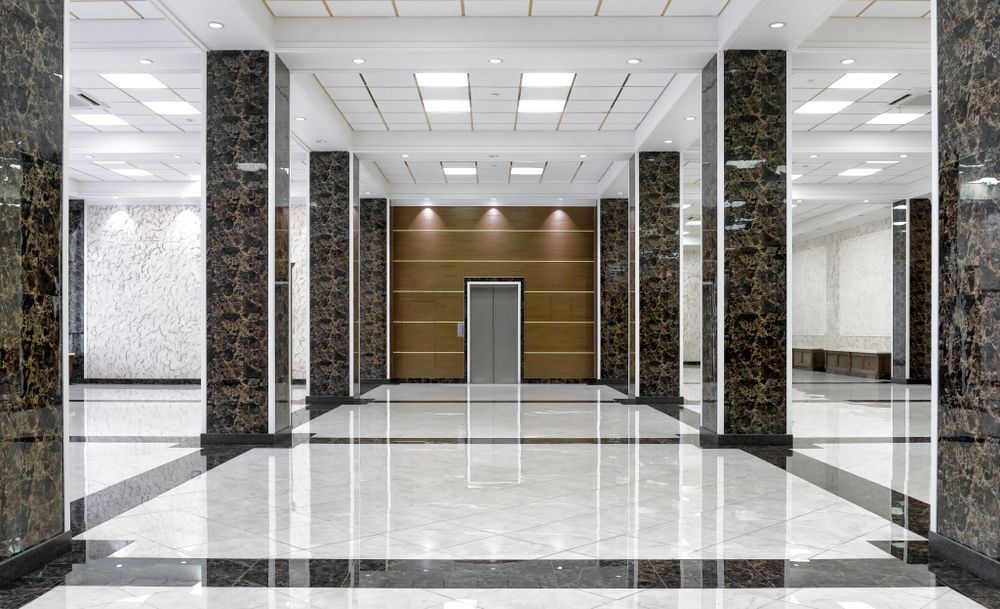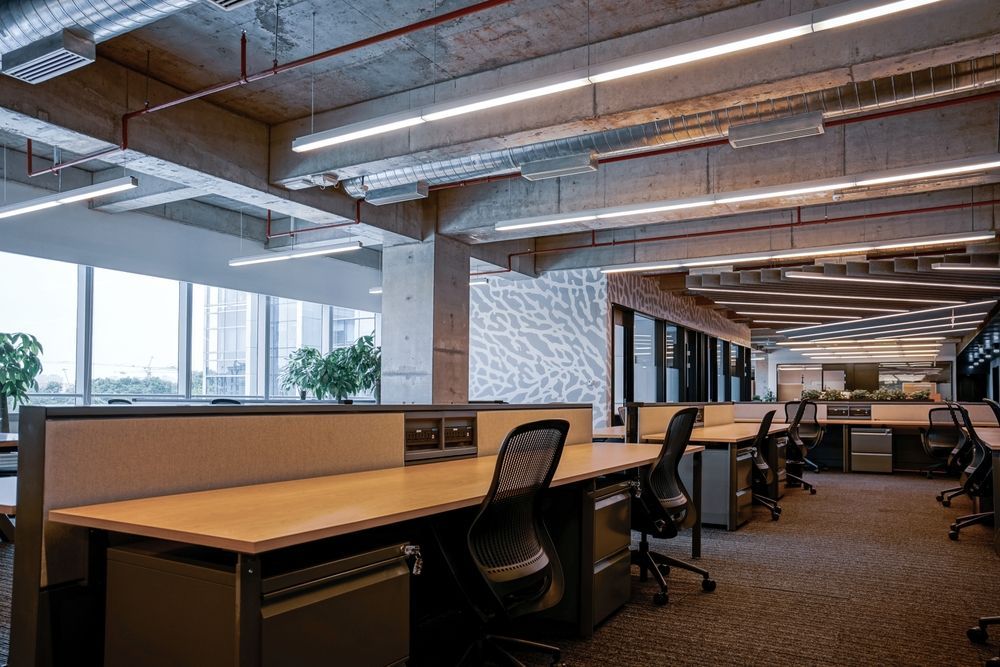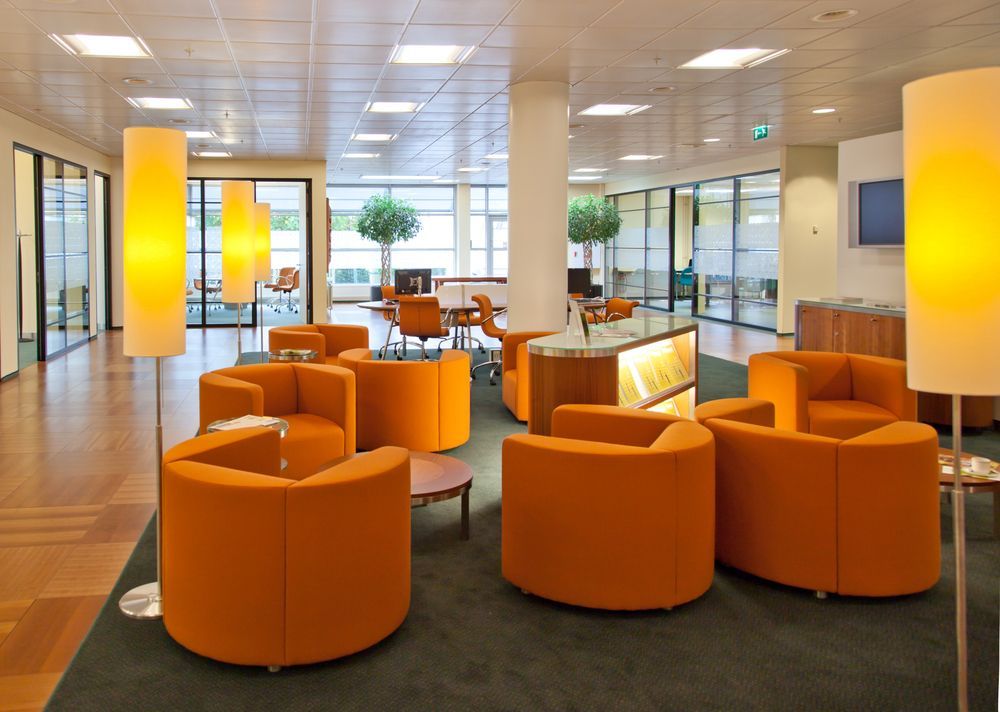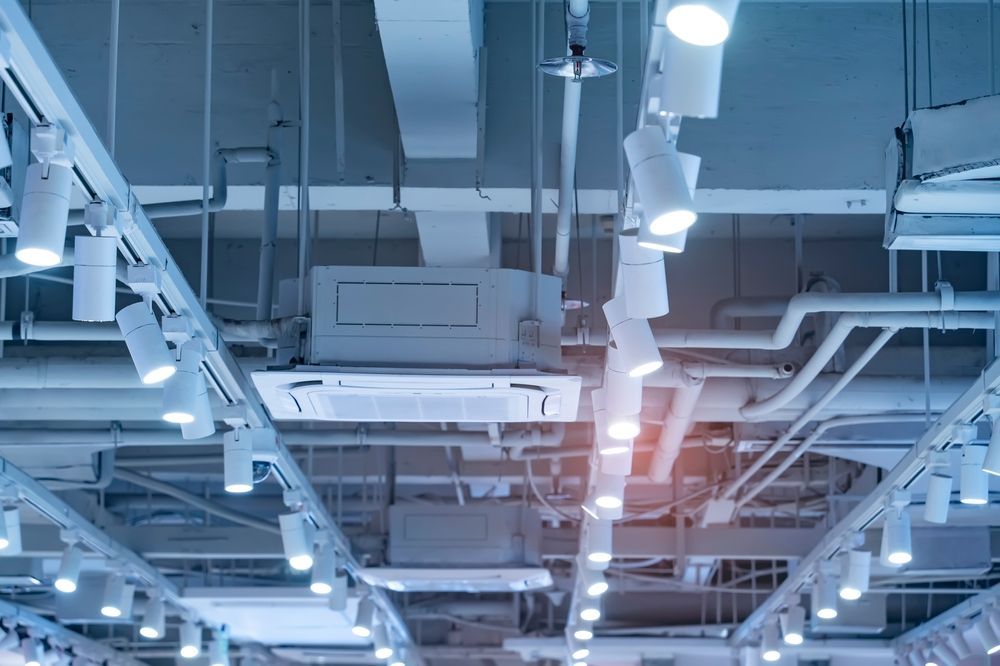Best Practices for Installing and Maintaining Lighting Control Systems
Lighting control systems are pivotal in modern building management, offering unparalleled advantages in energy efficiency, operational cost reduction, and user comfort. However, the complexity of designing, installing, and maintaining these systems can pose significant challenges for engineers, electricians, and building operators. This blog delves into best practices that address these challenges, ensuring that your lighting control systems are not only functional but also future-proof and compliant with evolving standards.
Understanding the Basics of Lighting Control Systems
Before diving into the intricacies of installation and maintenance, it's crucial to grasp what lighting control systems entail and their role in modern infrastructure. These systems range from simple dimmers and timers to comprehensive networks that manage lighting across entire buildings through sensors and automated controls. They are integral in achieving energy conservation goals and adhering to building codes, which increasingly demand more environmentally friendly practices.
Key Components and Their Functions
At the heart of any lighting control system are its components. Controllers, sensors, interfaces, and software all play distinct roles:
- Controllers: Act as the central hub, directing the operation of lights based on programmed settings or sensor inputs.
- Sensors: Detect environmental changes such as occupancy or daylight levels and adjust lighting accordingly.
- Interfaces: Allow users to interact with the system, modifying settings or overriding automatic controls as needed.
- Software: Provides a platform for configuring and monitoring the system, offering insights into usage patterns and potential improvements.
Best Practices for Installing Lighting Control Systems
Installation is a critical phase where many technical and practical challenges arise. Proper planning and execution can significantly influence the system's efficiency and longevity.
Initial Planning and Design
Effective lighting control systems begin with meticulous planning. This stage should involve:
- Assessment of Needs: Understanding the specific requirements of the space and its occupants helps in tailoring the system appropriately.
- Selection of Appropriate Components: Based on the assessment, choose components that best fit the operational demands and budget constraints.
- Integration with Other Systems: Consider how the lighting control will interact with other building management systems. Seamless integration can enhance functionality and energy management.
Installation Considerations
During installation, attention to detail is paramount. Key considerations include:
- Compliance with Codes and Standards: Ensure that all installations adhere to local building codes and industry standards, which might dictate everything from wiring methods to system placement.
- Quality of Workmanship: Poor installation can lead to system failures and safety hazards. Employing skilled technicians and ensuring quality control throughout the process is essential.
- Testing and Commissioning: Before the system goes live, thorough testing and commissioning must be conducted to ensure everything operates as intended.
This foundational understanding sets the stage for maintaining these sophisticated systems, ensuring they continue to operate efficiently and adapt to the needs of their environments.
Maintenance Strategies for Optimal Performance
Maintaining a lighting control system is as crucial as its installation. Regular maintenance ensures the longevity and reliability of the system, preventing costly downtime and repairs. Here’s how to keep your system in top condition:
Routine Inspections and Updates
Regular checks are essential to catch issues before they escalate into major problems. This includes:
- System Audits: Conduct comprehensive audits to review and assess the performance of all components. This helps in identifying potential failures or inefficiencies early.
- Software Updates: Keep the system software updated to ensure compatibility with new technologies and enhanced security features. Updates can also fix bugs and improve system performance.
- Hardware Checks: Inspect physical components for signs of wear and tear. Replace or repair parts that are not functioning optimally to prevent system failures.
Training and Support
Empowering those who operate and manage lighting control systems is key to ensuring smooth functionality. Consider the following:
- Regular Training: Provide ongoing training for staff to keep them updated on the latest system features and functionalities. This helps in maximizing the system’s potential and troubleshooting minor issues internally.
- Technical Support: Establish a reliable support system to assist with technical issues. Having expert support a call away can significantly reduce downtime and ensure that problems are resolved quickly.
Adapting to Technological Advancements
As technology evolves, so should your lighting control systems. Staying ahead of technological trends can provide significant advantages:
Integration with IoT and Smart Technologies
The integration of lighting control systems with IoT devices and smart technology is transforming building management. These integrations offer:
- Enhanced Automation: IoT devices can automate lighting based on real-time data, significantly improving energy efficiency and user comfort.
- Improved Data Analytics: Smart technologies provide detailed analytics on lighting usage, helping to optimize energy consumption and reduce operational costs.
- Remote Monitoring and Control: Advanced systems allow for remote monitoring and control, enabling adjustments to lighting settings from anywhere, at any time.
Future-Proofing Your System
To ensure your lighting control system remains relevant and efficient, consider these strategies:
- Modular Design: Opt for systems with a modular design that can be easily upgraded or expanded as new technologies emerge.
- Scalability: Choose solutions that can scale with your growing needs, avoiding the need for complete system overhauls.
- Compatibility: When integrating new technologies, ensure they are compatible with existing systems to maintain smooth operations and avoid conflicts.
By adopting these practices, you can not only enhance the functionality of your lighting control systems but also ensure they are equipped to meet future demands.
Embracing Smart Technology in Lighting Systems
The rapid advancement of smart technologies offers a unique opportunity for enhancing lighting control systems. Incorporating smart technology not only streamlines operations but also significantly boosts energy efficiency and user satisfaction. By integrating smart sensors and IoT devices, lighting systems can dynamically adjust to environmental conditions, providing optimal lighting without manual intervention.
Benefits of Smart Technology Integration
- Automated Adjustments: Smart sensors can automatically adjust lighting based on occupancy and ambient light, reducing energy consumption and extending bulb life.
- User Customization: Allows end-users to customize lighting settings via mobile apps or voice commands, enhancing user experience and satisfaction.
- Energy Usage Insights: Generate detailed reports on energy consumption, helping facilities to further optimize their energy usage and reduce costs.
Ensuring System Longevity and Compliance
To guarantee the longevity and compliance of your lighting control systems, regular updates and adherence to regulatory standards are crucial. This proactive approach not only ensures compliance with current regulations but also prepares your system for future updates in technology and standards.
Strategies for Compliance and Longevity
- Regular System Updates: Keep the system software and hardware updated to the latest standards to ensure compatibility and security.
- Compliance Checks: Regularly review and adjust systems to comply with new energy and building regulations.
- Preventive Maintenance: Schedule regular maintenance to identify and fix issues before they lead to system failures, ensuring uninterrupted operation.
Partnering with Genesis Lighting Control
At Genesis Lighting Control, we understand the intricate needs of modern lighting systems. Our comprehensive services are designed not only to meet but exceed the dynamic requirements of today's industrial and commercial facilities. From system design and installation to maintenance and upgrades, our expert team ensures that your lighting control systems are efficient, compliant, and future-proof.
Our commitment to innovation and customer satisfaction makes us the ideal partner for all your lighting control needs. We offer tailored solutions that ensure your lighting systems are sustainable, cost-effective, and aligned with the latest technological advancements.
Ready to enhance your lighting control systems? Connect with us at TLCSupport@glcs.ca for expert guidance and support. Let Genesis Lighting Control illuminate the path to a brighter, more efficient future.











